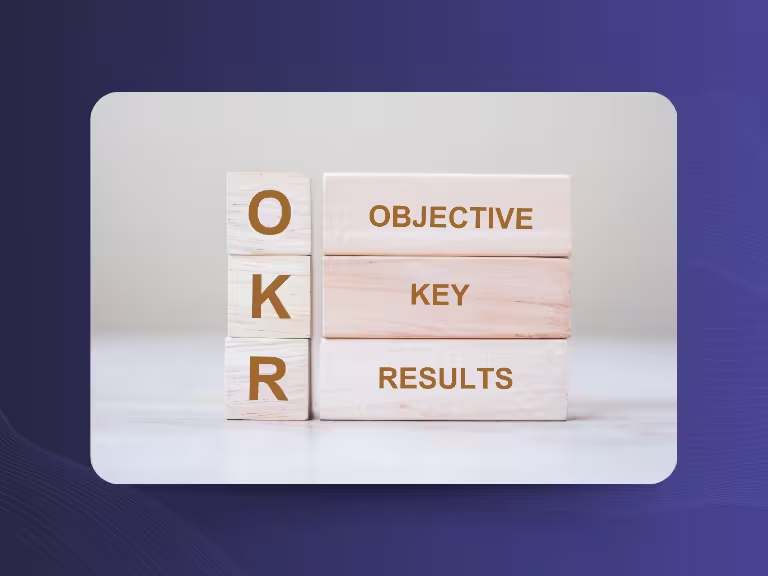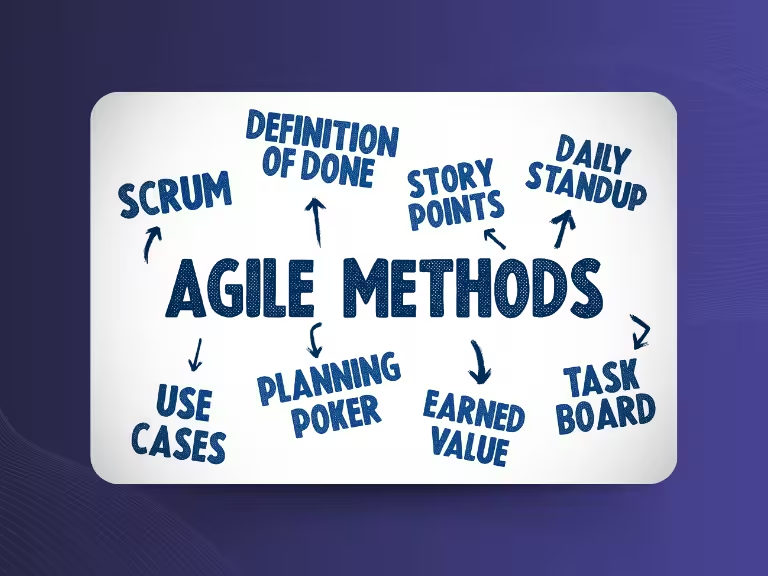Chatbots Made Simple: Here's How ChatGPT Works
In 2023, ChatGPT has become a truly omnipresent technology—whether you’re reading the news, scrolling through social media, or browsing online forums, it seems like everyone is talking about it. While the chatbot's impressive capabilities are now well known, one question often remains unanswered: How does ChatGPT actually work?
In this article, we break down the core components behind the intelligent chatbot and explain how it processes information to generate its responses. If you’re new to the world of AI and chatbots, you’re in the right place.
Note: Artificial intelligence is a deep, complex, and evolving field. There are entire research papers dedicated to how ChatGPT functions. This blog post serves as a basic introduction—a starting point. If you’d like to dive deeper into the world of AI and machine learning, we recommend exploring textbooks, academic resources, and specialized online platforms.
1. Data Collection and Preparation
The foundation of ChatGPT is built on vast amounts of text data. To develop its understanding of human language, the model was trained on a wide range of sources—including websites, articles, and social media.
This raw data is carefully cleaned and pre-processed:
- Irrelevant content and duplicates are removed
- Texts are broken down into smaller units called tokens
- The result is a curated training dataset, or corpus
ChatGPT is then pre-trained on this corpus. During this phase, it learns to recognize linguistic patterns, understand meaning, and use context effectively. The broader and more diverse the training data, the more versatile the model becomes in handling different types of conversations.
2. Model Architecture
The power behind ChatGPT lies in its transformer architecture—a revolutionary design in the field of machine learning. This architecture allows the model to understand and generate complex language over long passages of text.
Key features include:
- Attention mechanisms that highlight relevant parts of a sentence or paragraph
- Positional encoding that helps the model interpret word order without needing to process text strictly in sequence
- A combination of encoders and decoders to interpret input and generate coherent output
This structure enables ChatGPT to maintain context over longer conversations and deliver meaningful, relevant responses.
3. Generating a Response
Once trained, the model uses what it has learned to respond to new input. Here’s how it works:
- It takes in the user’s prompt and processes it using the learned patterns, context, and linguistic structures
- It then generates a sequence of tokens that form the response
- Finally, the token sequence is converted into natural, readable text and presented to the user
Conclusion
At the heart of ChatGPT are three essential components:
- Extensive data training and preparation
- Transformer-based architecture
- A powerful output generation process
While this article offers just a basic overview, it shows how ChatGPT combines smart design with massive data to deliver surprisingly human-like conversations. If you're curious to learn more, there’s a world of deeper AI knowledge waiting to be explored. One thing is clear: ChatGPT is more than a trend—it’s a glimpse into the future of artificial intelligence.

Test Meeting Transcription now!
We'll help you set everything up - just contact us via the form.
Test NowOr: Arrange a Demo Appointment




